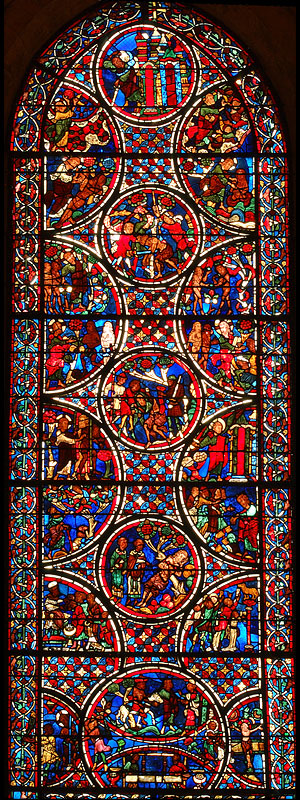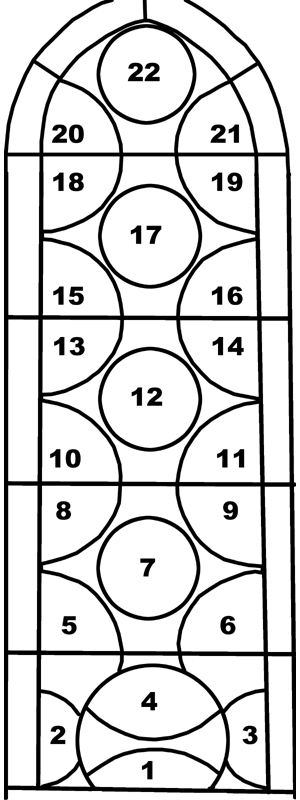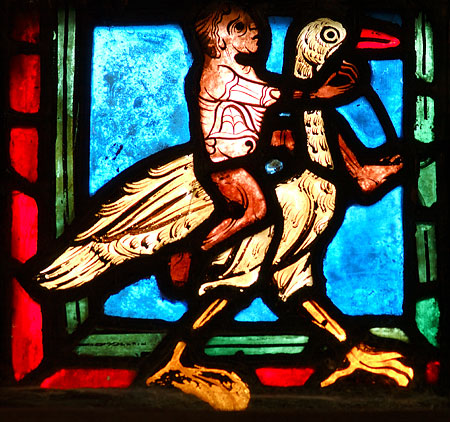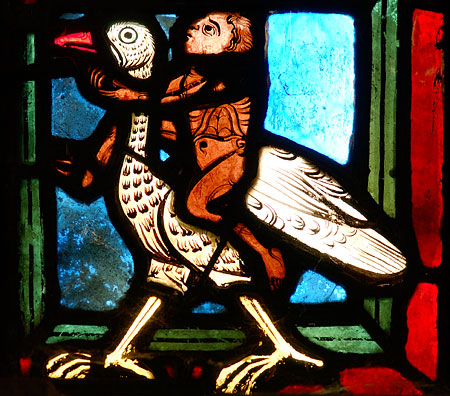Bay 13 - Key


Index to panels:
(Click
captions below to open detailed view in this window or click the relevant
panel on the diagrams to the left to open in a new window).
Note - the following captions are given in narrative sequence, first the parable, then the typological scenes (see notes below on narrative structure).
22) The
traveller leaves Jerusalem
17) He is set upon by bandits
12) The bandits strip and rob him
7) A priest and a Levite pass by
4) The Samaritan rescues the injured
man
20) God
creates night and day
21) He creates the angels
19) Creation of Adam
18) Creation of Eve
15) Warning about the forbidden fruit
14) Adam given dominion over the animals
16) Eating the forbidden fruit
13) Adam & Eve ashamed before God
10) The expulsion
11) Angel barring the gates of paradise
8) Moses
seeing the burning bush
9) Moses breaking the tablets of the Law
5) Aaron gathering gold
6) Worshipping of the golden calf
2) Flagellation
of Christ
3) Crucifixion
See the 'details' section
below for the two small panels showing men riding ostriches in the bottom
right and left corners of the margin (not visible on plan left)
The Good Samaritan window at Bourges is one of a small group of late 12th - early 13th century windows (examples survive at Sens, Chartres and Rouen) which use the parable as the central framework for a complex exegetical programme.
The flow of narrative in this window is particularly complex but in general follows the unusual top-bottom reading. As is most often the case, the bottom panel (1) is occupied by a signature/donor image - this time a pair of weavers operating a horizontal loom.
The parable itself is told in the five central roundels; 22 - 17 - 12 - 7 - 4. The archetype scenes are arranged around this central core in 12 quarter-circles and two semicircles, however their sequence is unconventional - essentially boustrophedonic but with a couple of unexpected twists. This, more than most, is an example where prior knowledge of the stories is essential to a correct reading of the narrative, let alone its complex exegesis.
[more to follow]
Grodecki Bay #: 11
Clement & Guitard p.9-12
Cahier & Martin vol.? p. ?
Margin figures in bottom corners - ape-men riding ostriches:


